| |
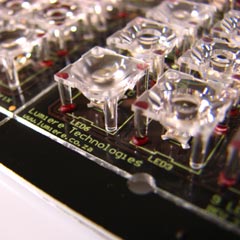
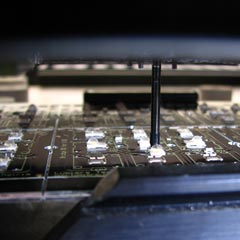
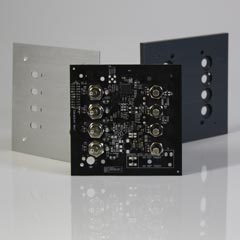
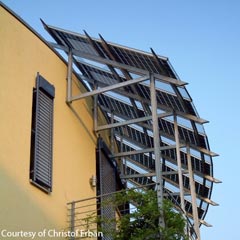
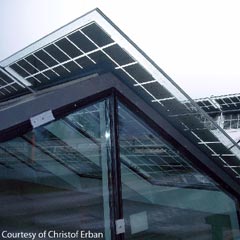
|
|
| |
|
|
| |
LED Technology
LED luminaires now rival conventional technologies in brightness, has excellent colour rendering (CRI = 85/90) and covers the colour temperature spectrum according to ANSI standard colour binning. They are now on par with the efficiency of most fluorescent sources.
LED luminaires are an environmentally, friendly source of lighting and offer a host of advantages over conventional light fixtures:
- Use 50% - 68% less energy compared to incandescent, halogen and compact fluorescent technology. A definite criteria in making a decision on lighting technology, considering the rapid escalation of energy supply pricing which of course occurs to secure future energy supply to the economy.
- The LEDs are robust and last much longer than existing lighting technologies. Hence the added benefit of offering longer lasting products (10year lifetime) thus reducing waste. Less waste materials that are dumped into our already over-utilised landfills.
- LED technology also contributes to a lower cost of ownership, lower maintenance and labour cost with less frequent lamp replacements.
- LED fixtures are designed to focus light output, directing light exactly where it’s needed — minimizing both wasted light and light pollution.
- High end LED products offer advanced phosphor technology emitting a beautiful warm white light.
- LED fixtures are dimmable (without the buzzing noise),
- LEDs have an instant brightness, are instantly ON, no warm-up time required as per conventional lighting technologies.
- Although LED luminaires cost a bit more initially, they have a fast payback period and save a substantial amount of energy/money during their lifetime.
- The LEDs we use do not make use of environmentally destructive materials such as Mercury, Lead and other toxic compounds, some of which are common in other lighting products that end up in our landfills.
|
|
| |
|
|
| |
| |
|
|
| |
Zigbee RF Technology
ZigBee is being established as the leading wireless self-organising mesh networked, sensing and control standard for use in consumer electronics, energy, health care, home, commercial and industrial areas. It is a low energy device that remains in standby mode until a switch or command activates the device, after which it goes back into standby mode.
As part of our product offering it is used to control our lighting fixtures, and to provide low level energy monitoring data so that users can make more responsible decisions about their energy usage. It has the potential to change our perception of how we use our planet’s resources by actively monitoring a green building’s performance.
Due to the fact that each lighting fixture has a Zigbee device, we create an enhanced mesh network for Zigbee compliant devices to relay information. Therefore installation, upgrade and networking of Zigbee compliant devices are simplified, without the need for additional wiring and electrical conduits, hence further reducing the building’s carbon footprint.
On a more technical level: Mesh networking extends the range of the network through routing, while self healing increases the reliability of the network by re-routing a message in case of a node failure. Multiple levels of security ensure that the network and data remain intact and secure.
[ top ] |
|
| |
|
|
| |
| |
|
|
| |
Building Integrated Photovoltaic
Along with energy reduction, the ability to make use of alternative energy is becoming increasingly important. In a country that has an abundance of sunlight, Building Integrated Photovoltaic (BIPV) systems offer the possibility of clean energy without the need to sacrifice on Architectural elegance. A building therefore that is in harmony with the needs of an environmentally sound design.
BIPV panels are custom manufactured with varying degrees of light permeability, allowing natural lighting during daytime with the added benefit of generating clean energy for night time lighting requirements. A relatively small BIPV system may fulfill the 20% required energy needs for lighting of a building. This means a building can start with a small commitment to contribute to big overall changes in being environmentally friendly.
For existing buildings, skylight, canopy/awning and louver blade construction options are also available should you wish to introduce solar energy architecture.
[ top ] |
|
| |
|
|
|
|
 |
|
|
